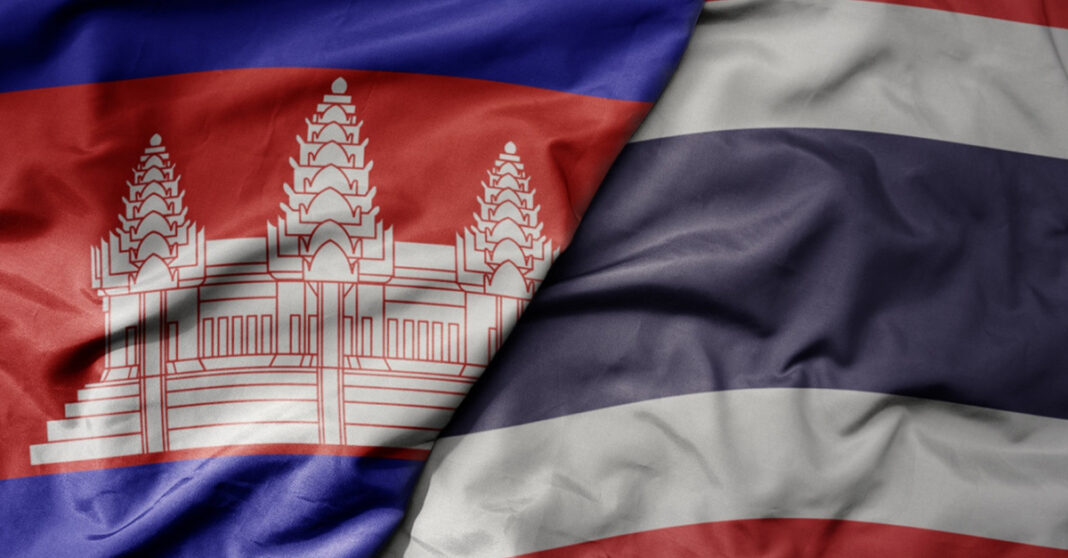The situation along the Thai-Cambodian border remained calm on the morning of 5 August, coinciding with ongoing General Border Committee (GBC) meetings between Thailand and Cambodia in Kuala Lumpur, Malaysia. The talks, held from 4 to 6 August, mark a critical step in easing tensions following a deadly outbreak of violence in late July.
High-level officials from both countries convened in the Malaysian capital on 4 August to reinforce a fragile ceasefire. The meeting, hosted by Malaysia and observed by representatives from China, the United States, and ASEAN, is part of a broader diplomatic push to prevent further conflict along the disputed border.
The recent violence, described as the worst in over a decade, left at least 43 people dead and displaced more than 300,000. Fighting erupted after months of escalating tensions, triggered by the death of a Cambodian soldier in May and the wounding of Thai troops by landmines in July. The five-day conflict included infantry engagements, artillery strikes, air raids, and rocket fire.
A ceasefire was brokered on 28 July under pressure from the United States, which warned both nations that future trade agreements could be jeopardized if hostilities continued.
Despite the truce, tensions persist. Cambodia accuses Thailand of violating the agreement by installing barbed wire in disputed areas, while Thailand claims Cambodia has been reinforcing its military presence. Phnom Penh is also demanding the release of 18 Cambodian soldiers captured during the clashes. Thailand has returned two wounded soldiers but insists the remainder will be freed only when hostilities fully cease.
Further high-level talks are scheduled for 7 August.
Long-Standing Temple Dispute Reignites Deadly Clashes
The conflict was sparked by a 28 May skirmish that killed one Cambodian soldier and reignited a long-running territorial dispute centered on ownership of ancient temples and surrounding land, particularly the Preah Vihear and Ta Muen Thom temples. Though tensions had simmered for years, major fighting broke out on 24 July near the Ta Muen Thom temple.
By 27 July, the border conflict had entered its fourth consecutive day, drawing increasing concern from the international community. According to Thailand’s Ministry of Health, at least 12 people were killed and more than 40 injured by that point.
Despite global appeals for calm, both artillery and rocket fire continued near the disputed temple zones, impacting Thailand’s Ubon Ratchathani and Surin provinces, as well as Cambodia’s Oddar Meanchey region. Journalists in Samraong, Cambodia, reported hearing shelling throughout the morning of 27 July.
U.S. President Donald Trump said he had spoken directly with both Cambodian and Thai leaders, calling for an immediate ceasefire and warning that ongoing trade talks with the U.S. would be suspended until the violence ceased. Cambodia has since requested an emergency meeting of the United Nations Security Council.
Regional and international reactions have been swift. Laos urged both parties to exercise restraint, while France and the Philippines condemned the violence and emphasized the importance of a peaceful, lawful resolution. France has advised its citizens to leave the affected areas.
Despite diplomatic engagement and rising international pressure, the border remains volatile, with both sides accusing each other of provocation.
The clashes have displaced more than 300,000 people on both sides of the border, underscoring the urgent need for sustained dialogue and a long-term resolution.



